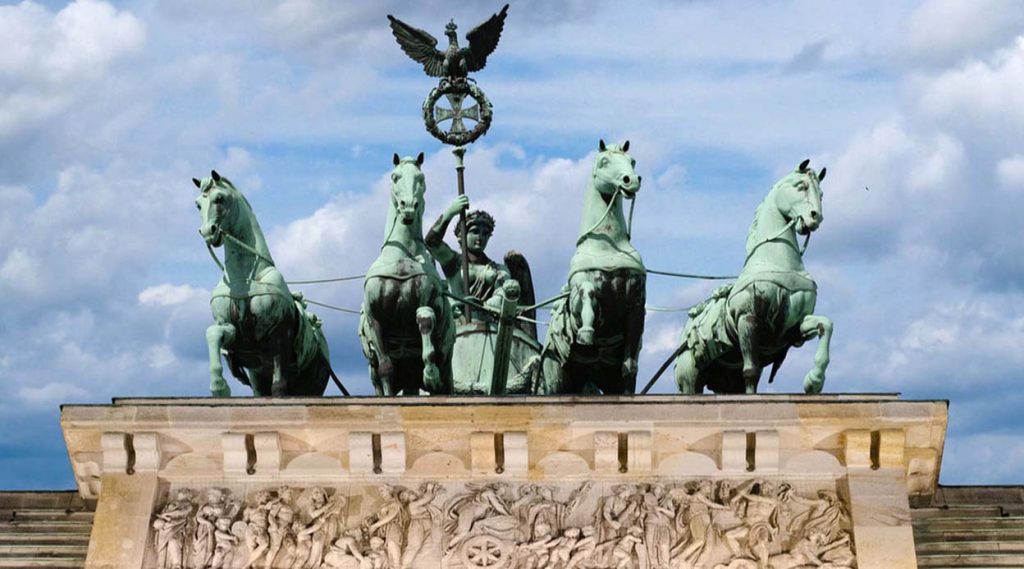The Statue of Liberty, standing tall and proud in New York Harbor, is not just a colossal sculpture; it is a symbol of freedom, hope, and the enduring spirit of America. As a passionate travel blogger, I had the privilege of experiencing the significance and history of this iconic monument firsthand.
A Beacon of Freedom:

The Statue of Liberty, a monumental neoclassical masterpiece, was a gift from the people of France to the United States in 1886. It was dedicated to celebrate the centennial of American independence and to symbolize the enduring friendship between the two nations. Affectionately known as Lady Liberty, the statue represents ideals such as freedom, democracy, and enlightenment.
Arrival at Liberty Island:
Your voyage to the Statue of Liberty begins with a ferry ride from Battery Park in Lower Manhattan. As you approach Liberty Island, the statue’s colossal form comes into view, dominating the skyline with its majestic presence. The sense of anticipation and awe is palpable.
Exploring Liberty Island:

Upon arrival, take some time to explore Liberty Island beyond the statue itself. The island is adorned with beautifully landscaped grounds, museums, and exhibits that delve into the fascinating history of the statue’s creation and its significance as a symbol of liberty.
Ascending the Pedestal and Crown:
To truly get up close and personal with Lady Liberty, you can purchase tickets that grant access to the pedestal and, if you’re fortunate, even the crown. Climbing to the pedestal offers a unique perspective on the statue’s design and construction. For an extraordinary experience, secure crown tickets well in advance, as they provide an unparalleled viewpoint and an intimate connection with this iconic figure.
Unraveling the Symbolism:
As you stand in the presence of the statue, take a moment to contemplate the symbolism intricately woven into its design. Lady Liberty holds a torch aloft, representing enlightenment and the path to freedom. Her crown features seven rays, signifying the seven continents and the universal yearning for liberty. Her tablet is inscribed with the date of American independence, July 4, 1776, serving as a powerful reminder of the nation’s commitment to freedom and democracy.
Historical Significance:

The Statue of Liberty holds profound historical significance as a symbol of welcome for immigrants who sought a brighter future in the United States. It served as a beacon of hope, a promise of freedom, and a tangible representation of the American dream for millions of newcomers.
Reflecting on Freedom:
A visit to the Statue of Liberty is a poignant and reflective experience. It invites contemplation of the values of freedom and democracy, their historical significance, and their enduring relevance in today’s world.



